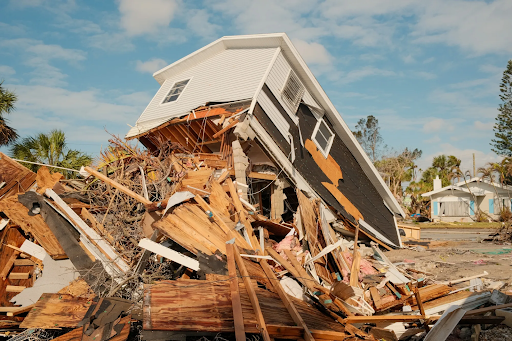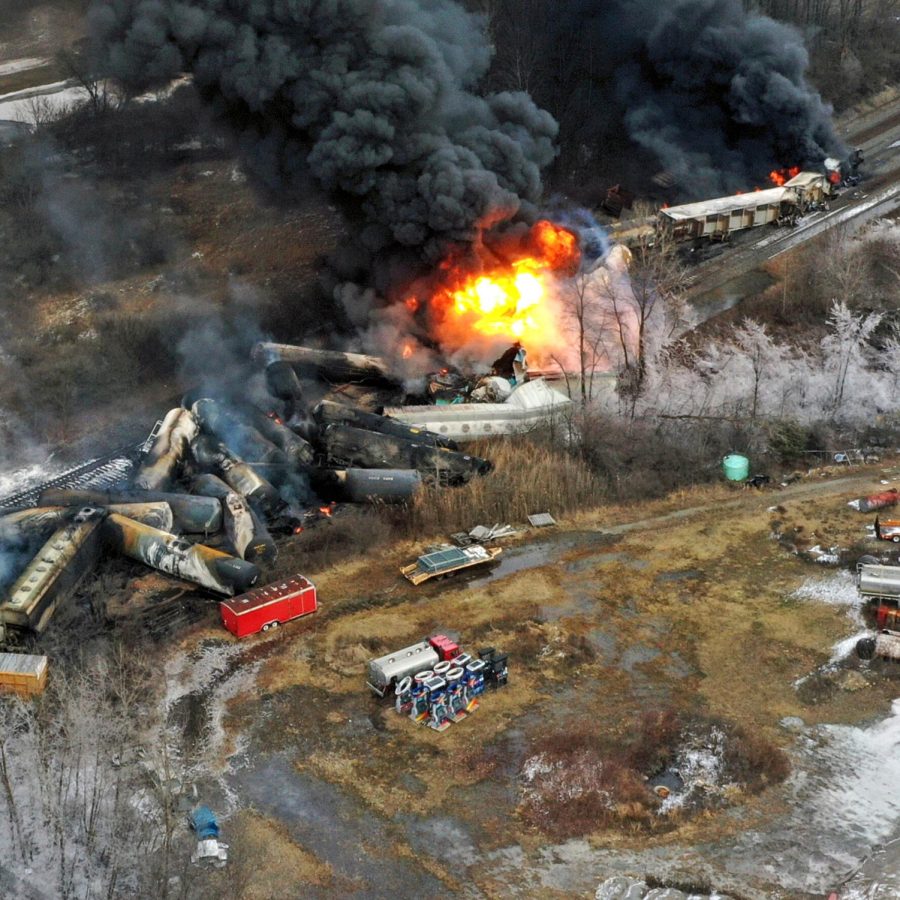As the season is turning into Fall, weather patterns are bound to change as well. In the South East of the United States, hurricane season is still going strong though.
“By Wednesday morning it was Hurricane Helene. By Thursday morning, it was a Category 2 hurricane and by late afternoon it had powered up into a Category 4 hurricane with 130 mph sustained winds,” reported The Tennessean.
In the span of a few days, Hurricane Helene had undergone the necessary advancements to go from a tropical storm, to a Category 4 hurricane.
“It’s called “rapid intensification” when storms quickly surge from windy to catastrophic monsters and it happened to many of the most destructive storms to hit our shores,” added The Tennessean.
With the destruction came danger, not just in Florida but also along the Eastern coast of the United States. Those who usually do not have to take into account hurricanes had to evacuate or take shelter.
“More than 230 people have been killed from Hurricane Helene, which unleashed devastation across Florida, Georgia, South Carolina, North Carolina, Virginia and Tennessee. Helene, which made landfall in Florida’s Big Bend region as a massive Category 4 hurricane, has become the deadliest mainland hurricane since Katrina in 2005,” reported ABC News.
Just two weeks after Hurricane Helene, Hurricane Milton quickly surged, bringing further severe weather patterns.
“Following Hurricane Helene’s devastating strike in Florida’s Big Bend, Milton struck two weeks later bringing catastrophic rainfall flooding, 100 mph gusts, a tornado outbreak and storm surge to Florida’s peninsula,” reported weather.com.
Since Hurricane Milton was just following Hurricane Helene, not many families had time to evacuate if they were still located in Florida. Many homes were still recovering from Hurricane Helene and did not have time to adapt for Hurricane Milton.
“Grove City, Florida, located about 30 miles southeast of where Milton made landfall as a Category 3 hurricane, has been severely impacted by the storm’s intense winds and flooding storm surge. The coastal community has been left almost unrecognizable. Drone footage captured on Thursday morning reveals houses that were partially destroyed, with debris scattered in all directions,” reported accuweather.com.
Home and business damages were not the only costly events to happen, as there have been multiple deaths due to flooding and tornadoes.
“At least 17 people have been confirmed dead in Florida in the hurricane’s aftermath, including at least five due to tornadoes in St. Lucie County,” reported NBC News.
With people trying to get out of the various areas, animals can be left behind. The amount of pets in animal shelters went up as Hurricane Milton came in, having more animals abandoned by people or their environments destroyed.
“This week, as communities across the southeast U.S. were still recovering from Hurricane Helene, some are bracing for yet another extremely dangerous hurricane. Our Animal Rescue Team—having just deployed to various locations across Florida, Tennessee and North Carolina to provide emergency veterinary care and distribute pet supplies and food last week—worked quickly once again to try to prevent harm to animals in the projected path of the new storm,” reported The Humane Society.
As people, animals, and businesses are returning to their usual daily lives, the rebuilding process is beginning.
“After Hurricane Milton, the road to recovery will be long and arduous. Storm surges, tornadoes and relentless flooding transformed towns into a war zone of unprecedented destruction that will take years to repair. With the help of their community and the support of the nation, they hope to rebuild their lives and their ravaged homes,” reported Fox Weather.






